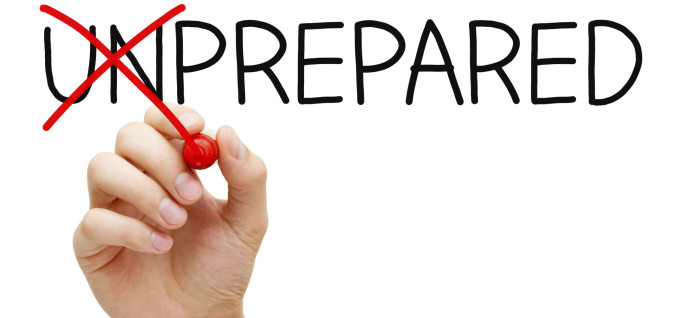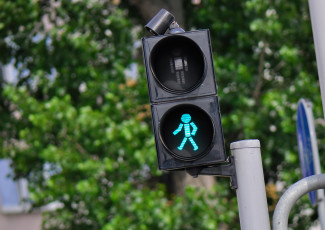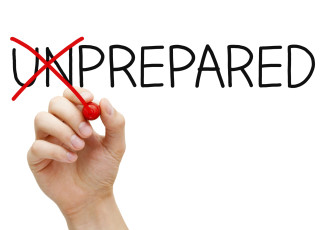A Readiness Program to Keep Students on Track
By Emily Rogan
January 29, 2016
‘Blue Meets Green’ plan in Michigan reaches students sooner to encourage college and career paths.
In 2007, leaders in St. Clair, Michigan, hired a national consultant to help develop a strategic plan to tackle economic and social issues affecting the region. The plan, Blue Meets Green, includes a specific goal to reach students earlier and help them create better pathways to meaningful careers. The College and Career Readiness System helps make education relevant and gets students excited about learning, says Dan Casey, CEO of the Economic Development Alliance for St. Clair County.
Like many communities across the country, St. Clair was dealing with schools that were underperforming, a misalignment of college degrees with jobs available in the community and low college-completion rates. The school district serving Port Huron — historically low income and high poverty — was an area of particular concern.
A program, Know How to Go, was already helping more students get into college or advanced training programs; since 2008, the number of students placed has increased to 70 percent of graduates, up 60 percent.
“But nothing was in place for the other 30 percent who didn’t have a future mapped out,” Casey says.
But now, through a partnership with the seven county school districts, St. Clair Community College and private-sector business leaders, the Blue Meets Green Steering Committee members have worked to develop a system that essentially funnels students from career exposure that’s broader in the early grades to more specific pathways in the last two years of high school, accomplished through in-school and after-school programs. The intent is that by graduation, students’ coursework will have prepared them to go on to college or a career that matches their interests and abilities. Here are some ways the community is making that happen:
1. Using data to chart a course
The Career Cruising database follows students’ career interests from middle school through high school and right to college, Casey says. “It tracks student progress, and once they go to the community college system, they continue to build on it while they complete their college program.” The data help inform the college on the careers students choose and could help move students from one choice to another, based on exposure to different career options. “We realized we needed to do more to promote internships and mentoring for high school and college students,” Casey says.
2. Better communication
There’s been a big push to bridge the communication gap between the private sector and K–12 education. On Manufacturing Day (Oct. 2), all 10th-grade students (more than 1,500) toured a manufacturing plant tour; in the evening, tours were offered to the parents as well. The goal, says Casey, is to dispel misconceptions and help families understand that these are sustainable, interesting fields.
3. Programs spark excitement
To promote interest in STEM, St. Clair Community College hosted a nonsanctioned FIRST competition, funded by companies in the community. Teams were given grants to compete after the season ended. As a result of its success, this year the community will host its first regional-sanctioned event during the competition season.
The Design for the Future summer program engages teams of students, guided by trained teachers, to troubleshoot problems presented by local businesses, create solutions, write business plans and present their ideas. Teachers learn project-based learning techniques to take back to their classrooms, and students develop critical-thinking and problem-solving skills, says Casey.
4. Looking at the future
While it’s still early, Casey notes that changes are evident: The community college has a better idea of degrees needed for the community; superintendents are sharing ideas and programs; there’s a greater awareness and consistency district to district. “Education doesn’t happen in a vacuum. It relies on the cooperation of administrators, teachers, students, parents and private-sector companies in the community. We all fail or succeed together.”








